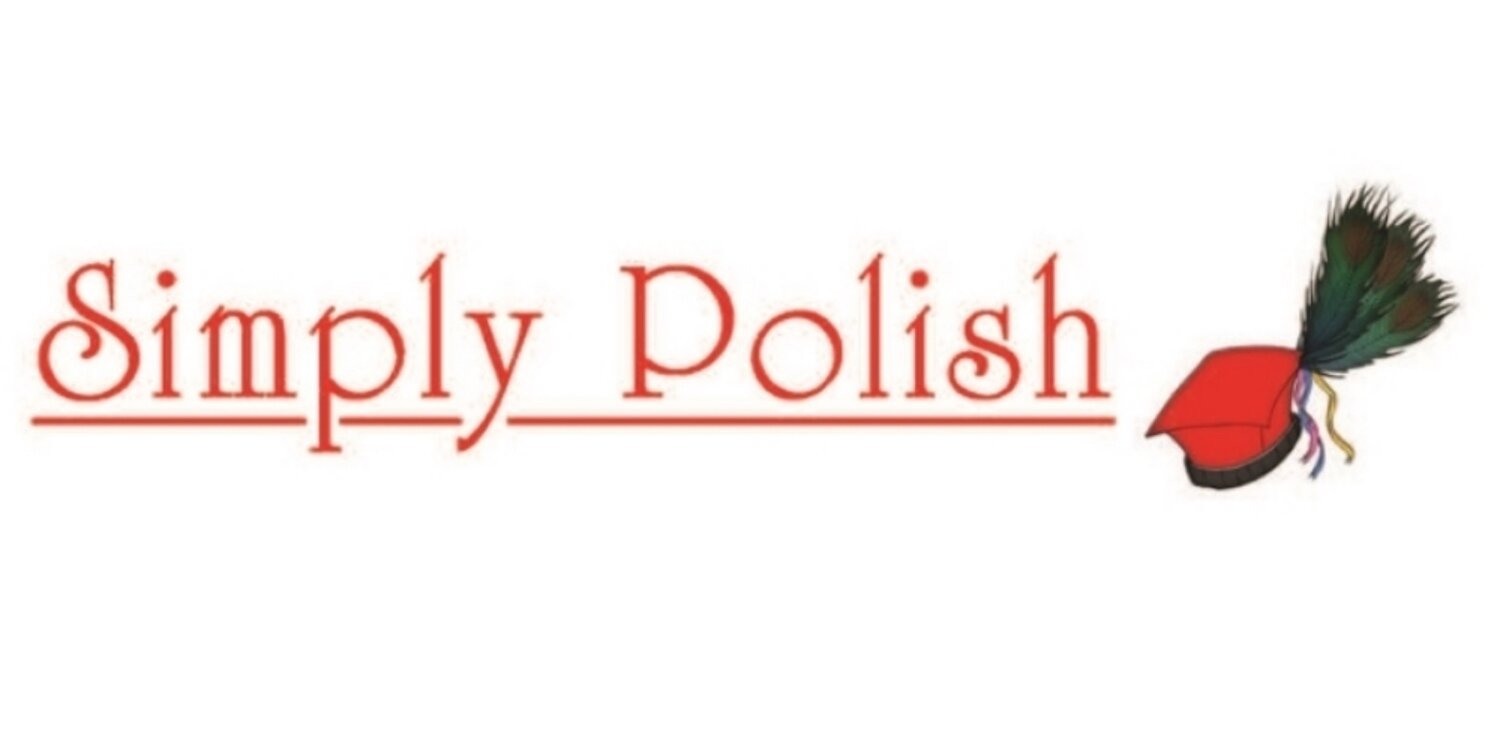Welcome to Simply Polish, your local destination for authentic Polish pottery and artisanal treasures. Located in the heart of Garden City, Michigan, we take pride in bringing the timeless beauty and rich traditions of Poland to the Metro Detroit community.
At Simply Polish, we specialize in handcrafted Polish pottery—a stunning blend of art and functionality. Each piece is imported directly from Poland and reflects the intricate craftsmanship of skilled artisans from Bolesławiec, a region renowned for its pottery. Our collection includes everything from vibrant serving dishes and elegant bowls to unique home décor and seasonal treasures.
But our offerings go beyond pottery. We carefully curate a selection of authentic artifacts from Poland, including decorative items, traditional keepsakes, and one-of-a-kind gifts that celebrate Polish culture and heritage.
As a small business, we are deeply rooted in our community and are passionate about sharing the charm and artistry of Poland with our neighbors. Whether you’re looking for the perfect addition to your home, a meaningful gift, or simply want to explore the beauty of Polish craftsmanship, Simply Polish is here to make your experience unforgettable.
We invite you to visit our store in Garden City and discover the warmth and tradition of Poland, right here in Metro Detroit. Thank you for supporting our small business and for allowing us to share our passion with you!
History of Polish Pottery: Polish Pottery had its beginnings in the early 1800's in the German province of Silesia, now part of southwest Poland. At that time the farmers created the Bunzlauer stoneware, being inspired by the peacock feather with it's wonderful colors. This antique stoneware can be in private collections through Europe. Today in the town of Boleslaweic, there are skilled artisans individually hand crafting each piece. They are producing traditional patterns of the last century, as well as more ornate designs called Unikat, or Signature, known around the world.
The Pottery/Stoneware: Special white clay is used; a mix of mineral substances that occur in sedimentary rocks and soils. It is soft when moist, but when fired at 2300 degrees Fahrenheit it becomes as hard as stone. This intense firing makes it resistant to chips and breakage, causes it to retain heat, have even temperature throughout, (making it exceptional for baking and serving), and makes each piece safe for the oven, microwave and dishwasher. However, it cannot take rapid temperature changes. Heat or cool slowly to avoid cracking or breakage. The final glaze results in tan ultra-smooth finish, enhancing its beauty and ease of cleaning.
Design and Production: Traditional patterns use greens, blues and earth tones. The Unikat (Signature) patterns that Simply Polish selects have added other accent colors to their ornate and sophisticated designs, The decorative motifs are applied to the surface with a variety of small stamps and hand painting - often with a thousand strokes - each a little different. They are then signed by the artist. After the paint is applied the piece is fired at 2300 F. or above. Glaze is added before the second and final firing. All paints and glazes are free of lead and cadmium.

